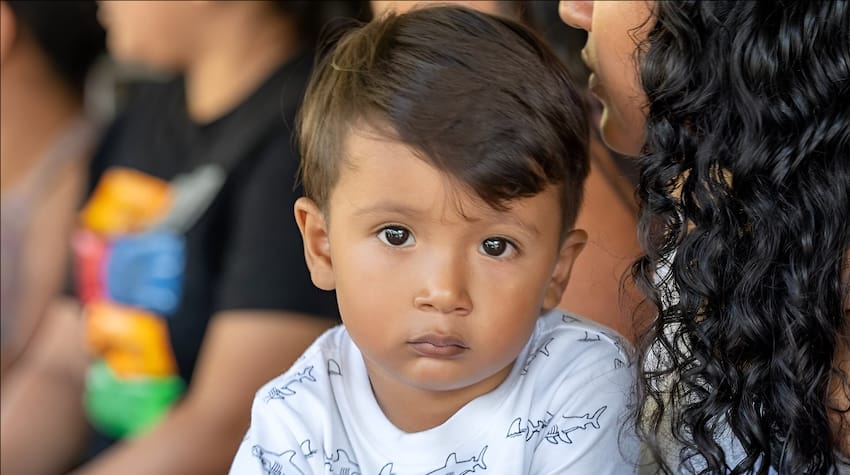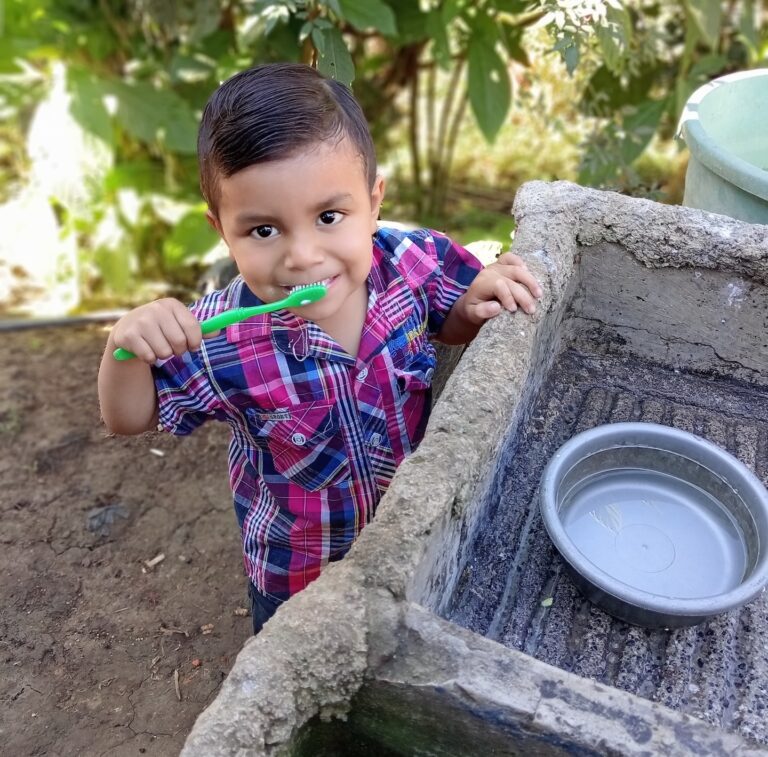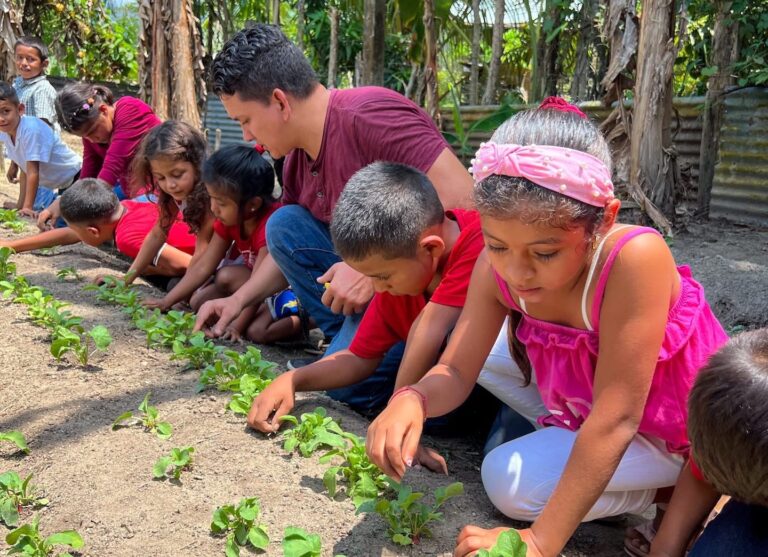
Five Facts About Childhood Hunger
World hunger is one of the most pressing issues of our time. Although we’re all aware that hunger exists, the scale of the problem is often overlooked. Hunger exists everywhere, and it has devastating long-term consequences – especially for children. Learning about childhood hunger is the first step towards fixing the problem, and creating a world where no child goes to bed hungry.
1. Millions of children are affected by hunger.
Even one child going to bed hungry is too many – let alone the 148 million across the globe who do. To put that number into perspective, that’s 1 in every 5 children globally who aren’t getting enough nourishment for their growing minds and bodies.
2. Childhood hunger has serious consequences.
Stunting and wasting are two conditions caused by hunger. They can occur separately or together.
Stunting refers to a lack of physical and mental development caused by undernutrition. Children who are stunted are shorter and may have lower cognitive function than their peers. They also have an increased risk of experiencing chronic diseases as adults. Stunting is one of the most common conditions caused by hunger, affecting over 22% of children.
Wasting is the most dangerous form of malnutrition. While stunting is the cumulative effect of chronic malnutrition, wasting is the rapid loss of weight due to starvation and is fatal if not treated promptly. Nearly 7% of children suffer from wasting, with sometimes tragic outcomes.
3. Hunger causes millions of deaths each year.
Tragically, hunger causes 3 million deaths of children every year, and nearly half of all deaths in children under five are attributed to malnutrition. Every 10 seconds, a child loses their life due to malnutrition and its consequences. These deaths are always preventable.
4. Hunger is a worldwide crisis, although countries experience it at different rates.
In the United States, one in five children experiences food insecurity (USDA). In Asia, 24.8% of the population is food insecure; in Latin America and the Caribbean, 28.5%; and 58% of the population in Africa (The State of Food Security and Nutrition in the World 2024, FAO). Your support of Feed the Children helps kids and families in all these regions, because the only good rate of childhood hunger anywhere is zero.
5. We can end hunger – but it will take all of us working together.
Childhood hunger is a serious problem, but the situation isn’t without hope. Last year, thanks to your support, Feed the Children distributed more than 80.6 million pounds of food and essential items in the US, and distributed 62,120,600 meals to children and families in eight countries internationally.
As long as childhood hunger exists, so will the mission of Feed the Children. Working alongside caring supporters like you, every day brings us one day closer to a world where no child has to go to bed hungry.






